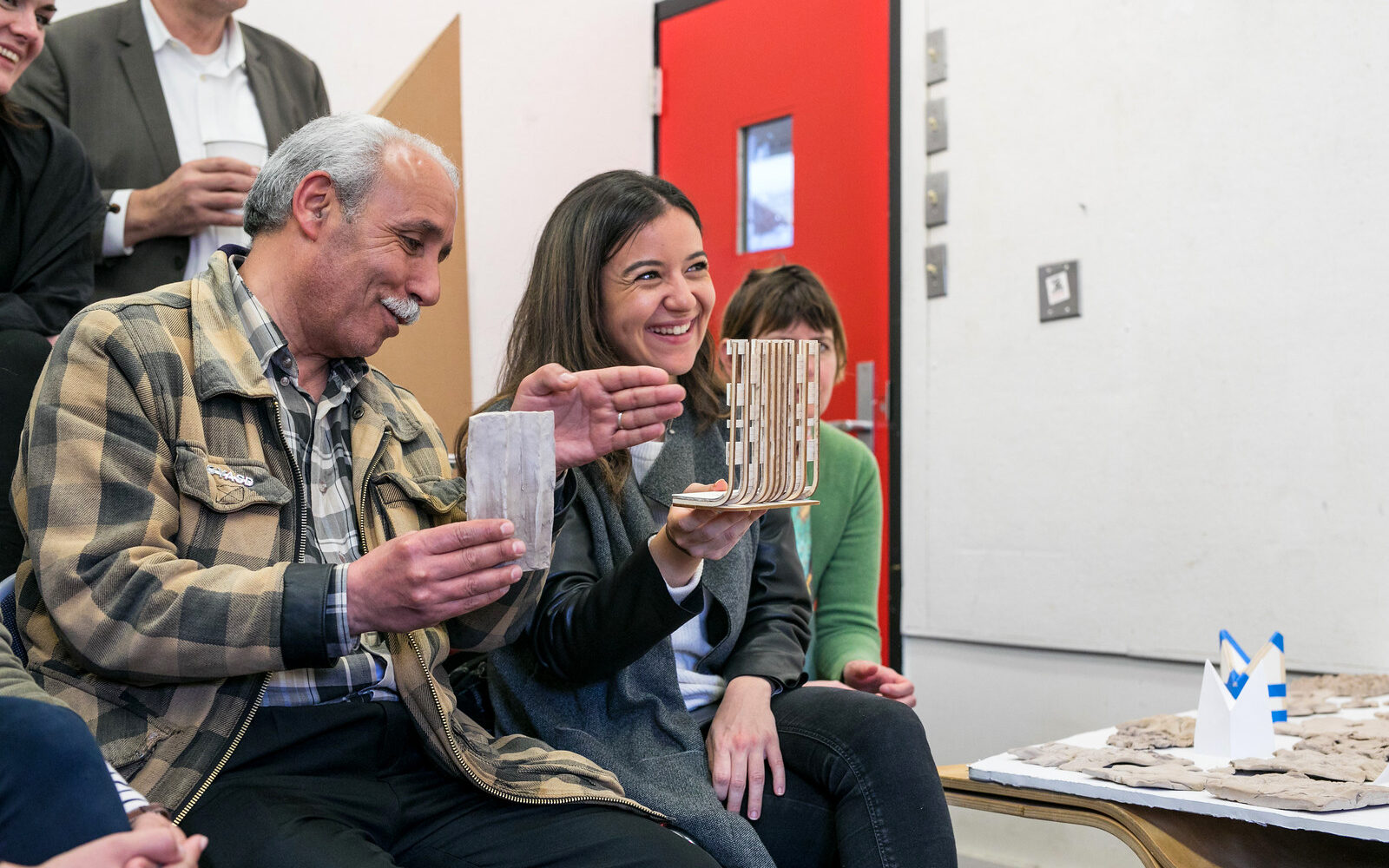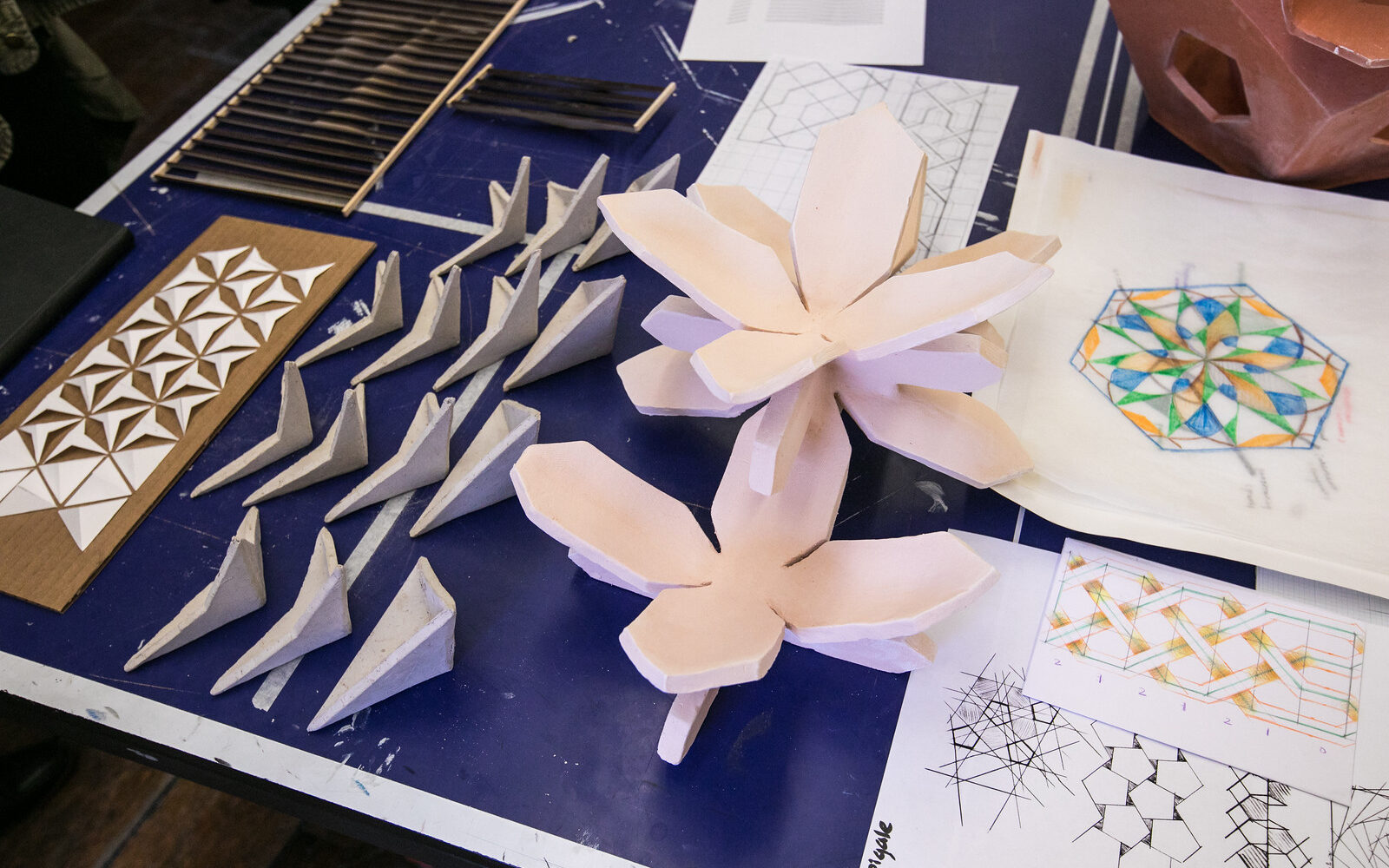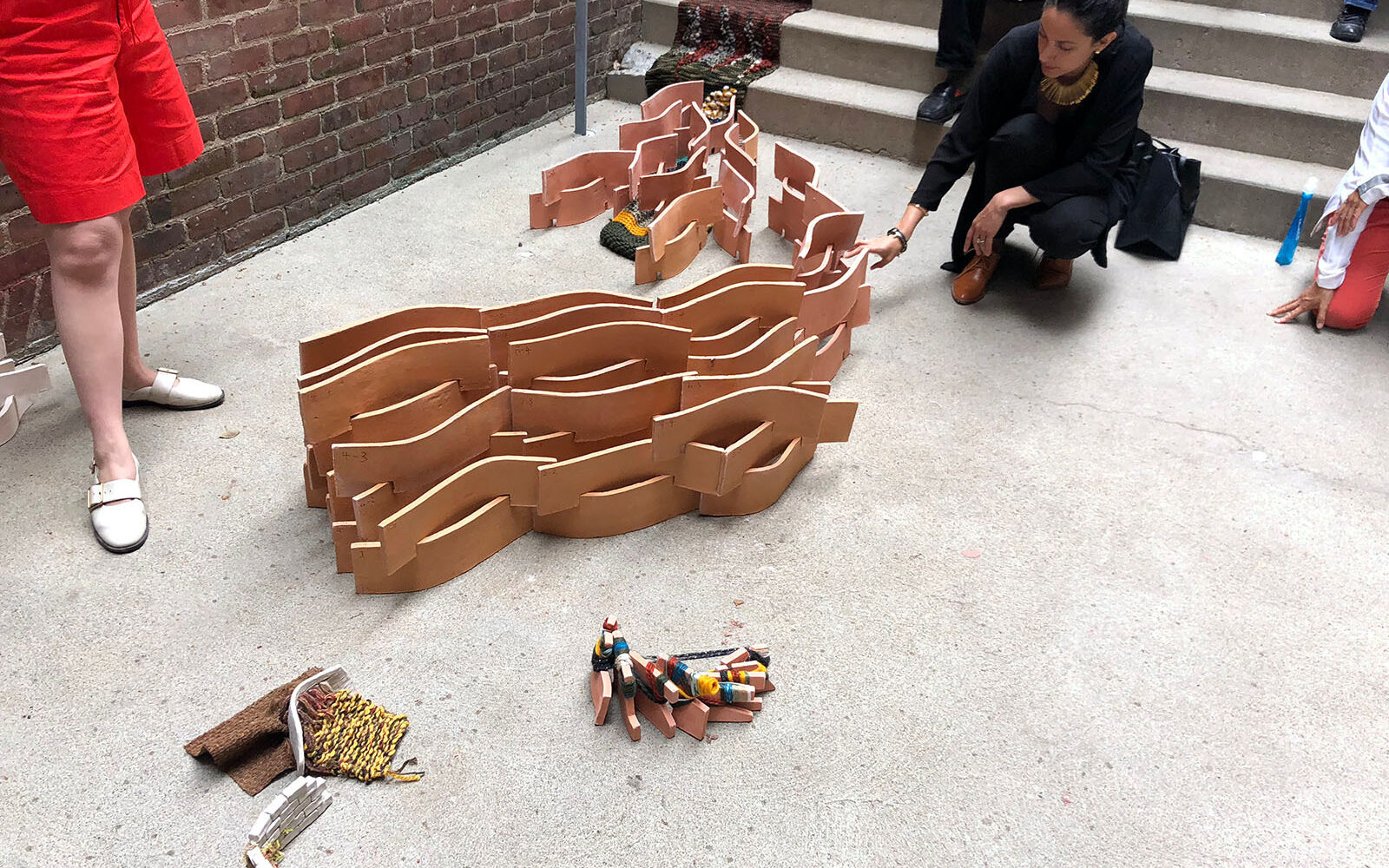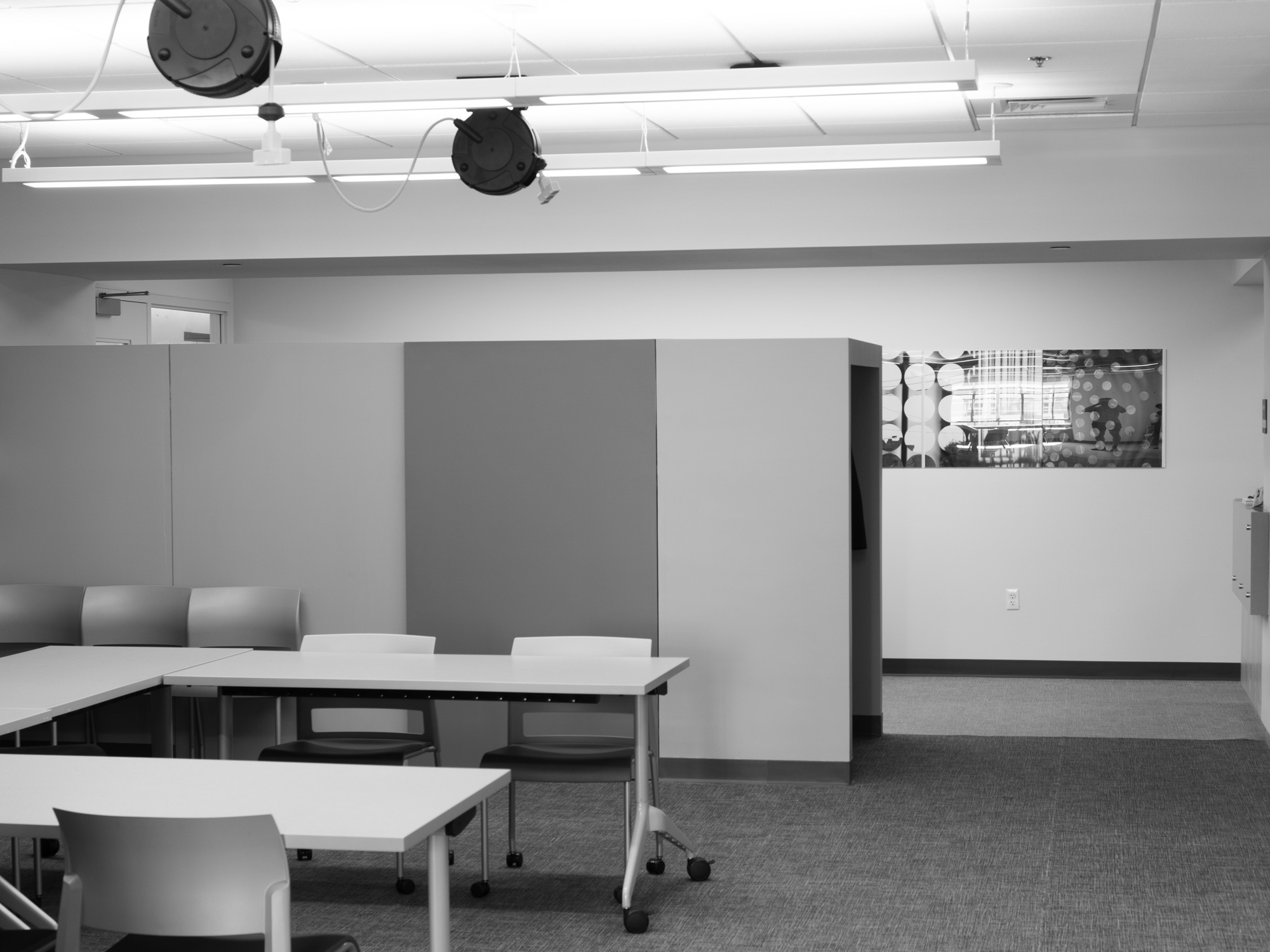About this Travel Course
This studio is part of a two-year collaboration between RISD and the Ministry for Handicrafts, Solidarity and Social Economy of Morocco. The Ministry is dedicated to sustaining the heritages of craft and making in Morocco towards their preservation and economic development with the goal of positioning Morocco as a site for innovation within the field of crafts. This cross-disciplinary course will engage ceramics craftsmanship by working with Moroccan artisans both on the RISD campus and in Morocco.
CLAY
This course will focus on the architectural relevance of ceramic craft in the construction of contemporary building components and products, and will study the use of clay through in depth research and a series of hands on experiments. We will explore the use of clay for brick and tile, and the deployment of these materials as structure and ornament for both exterior and interior assemblies. Clay is one of the oldest building materials. It is prevalent throughout most building cultures because of the universal availability of raw materials and the durability of the finished product. Finishing techniques range from unfired adobe, to high temperature kiln fired products and clay can be used for bearing or non-bearing walls, roof tiles, floor spans, or decorative components. We will learn about a range of techniques and applications with a focus on the development of structure, surface and pattern.
PATTERN
Buildings made from aggregated pieces inherently require a composition and assembly of parts. Ornament emerges. The patterns of Islamic tiling and brickwork have a rich history. Underlying geometries, do not use figurative symbolic form, rather they relate to concepts in philosophy, religion, mathematics, the structure of the cosmos and the order of the natural world. Through the development of surface, relatively simple spaces appear to dissolve. Multiple patterns change and relate one to another. At the same time, there is the potential for the articulation of surface different from structural requirements. Structural patterns may become decorative, decorative line can increase structural durability or the ornamentation can have no impact upon structure but affect the appearance of an architectural structure. This blurring of the material and immaterial, presence and appearance, will be a conceptual tool to critically frame the studio research.
PERFORMANCE
Space is animated by the orchestration of a sequence. In Morocco, space unfolds with purposeful changes from one room to next, moving from fully patterned enclosed rooms to spaces that deploy distinct pattern and may be opened to the sky, or shaded spaces open to gardens. Often the two dimensional patterns becomes three dimension in wood roofs or screens and filters of light. Light is reflected throughout either dappled with metal glazes or washed across undulating surfaces. This type of sequencing is further heightened by haptic variation and contrast between interior and exterior. The ceramics interact with the temperature and humidity (such as through evaporative cooling or insulating cores). We will work with interaction of materials with dynamic environmental conditions, to organize materials in a manner that gathers the energy of the sun and the movement of the body to enliven space. The goal is to explore new sustainable applications and approaches of ancient materials and techniques.
ORGANIZATION + METHOD
The studio work will be divided into four parts.
Project 1: Analysis + Practice: Slab and/or coil construction based on analysis of Moroccan tiling.
Project 2: Develop a building and/or wall and floor system, which includes masonry structure and sculptural and/or ornamental cladding.
Spring Break: Morocco Trip
Project 3: Create a full-scale installation that defines four walls. You will be asked to combine elements to form an enclosure. A full-scale section will be constructed.
The studio will begin with a series of focused workshops that explore different aspects of clay including; material properties, energetics, and production techniques. Simultaneously we will deconstruct the
intersection of structure and decoration in case studies of chosen buildings from Morocco.
In the second project, we will experiment directly with pattern making in clay. We will learn basic slab and coil construction, Zellige, (a technique unique to Morocco where the body becomes a measure), mold-making and pressing, modeling, carving, and glaze formulations that are used in building construction.
During spring break we will visit Morocco where we will go to Casablanca, Fez, and Marrakech to meet with master craftspeople and to explore the handicrafts, markets, and contemporary art and craft of Morocco. In addition to photography, we will use rubbings as a means of drawing and of literally picking up the intricacy of patterns. We will also produce sketchbooks using watercolor and gouache to explore the role of color.
After spring break, the final project will involve the design of an installation. Students will be asked to design and build “Four Rooms” at full-scale using ceramic and other mediums on a site in Providence that will be chosen to frame the sky. The installation will require the development of detail, the relationships of part-to- whole and experimentation with means and methods of representation. We will explore the design of the installation through the large study model and think through different types of enclosure, proportion and size. How does the language of pattern(s) change the nature of the space and sense of the physical? How much or little material can be used to suggest enclosure? How will the material change microclimate and create distinction between spaces? The project will be a reflection on and consideration of the role of intricacy, craft and the exchange of culture.



